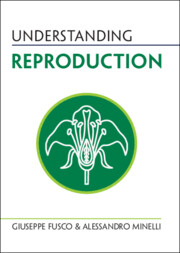This study reports on the life history of a rare alpheid shrimp, Salmoneus carvachoi, in the tropical western Atlantic. At an intertidal flat in Pontal Bay, Ilhéus, Bahia, north-eastern Brazil, S. carvachoi was collected from within burrows of the axianassid mud shrimp Axianassa australis and the caridean snapping shrimps Alpheus estuariensis and Alpheus chacei. These and earlier studies that reported S. carvachoi in dwellings constructed by other larger burrowing crustaceans suggest that S. carvachoi is a generalist species that establishes facultative symbiotic partnerships with larger burrowing decapods. We collected a total of 52 individuals during the sampling period (1 year); 19 (36.5%) of these shrimps carried embryos underneath the abdomen. The mean ± SD carapace length was 4.7 ± 0.7 and 5.5 ± 0.3 mm in non-brooding and brooding shrimps, respectively. All collected specimens, whether or not brooding embryos, bear appendices masculinae on the endopods of the second pleopods. Burrows harboured only one or two shrimps and never three or more shrimps. Pairs of shrimp that inhabited burrows consisted of two brooding shrimps (N = 3 pairs), two non-brooding shrimps (N = 3), or one brooding and one non-brooding shrimp (N = 1). The presence of appendices masculinae in all collected shrimps, whether or not brooding embryos, and the pairing of brooding shrimp within host burrows suggest that S. carvachoi is a simultaneously hermaphroditic species.
